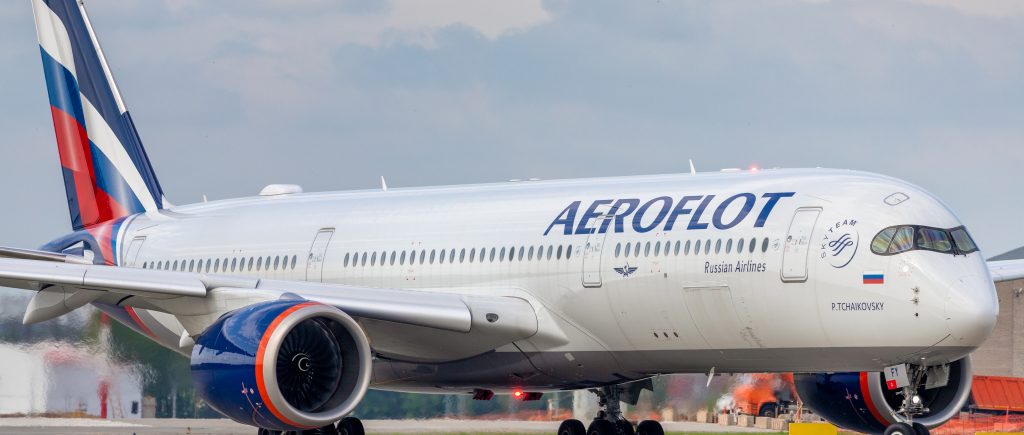The Israel-Iran conflict, ignited by strikes on June 13, 2025, has sent airlines spiraling into financial chaos. Airspace closures, surging fuel costs, and crashing stocks have gutted revenues, while energy and defense sectors ride the wave. This crisis exposes a brutal truth: geopolitical shocks can paralyze global travel overnight. Here’s how airline stocks and revenues are crumbling, the staggering costs, and urgent steps to stabilize the nosedive.
Air Travel Grounded by Chaos
Airspaces over Israel, Iran, Iraq, Jordan, and Syria slammed shut, grounding thousands of flights. Tel Aviv’s Ben Gurion Airport ceased operations, forcing carriers like El Al to cancel routes and relocate aircraft. Major players, including Emirates and Qatar Airways, halted flights to Tehran and Baghdad, some through August 2025. It was reported that 1,800 European flights were disrupted, with 650 cancelled. Rerouting over Saudi Arabia and Egypt spiked fuel costs by 15-20%, worsened by Brent crude’s 7% surge to $74.23 per barrel. This echoes the 2024 Israel-Lebanon disruptions but hits harder, throttling global connectivity.
Stocks and Revenues Plummet
Airline stocks and revenues took a merciless beating. Air Arabia PJSC’s shares nosedived 10%, the worst since 2008, with a projected 15% revenue drop through July 2025 as Middle East routes vanished. InterGlobe Aviation saw shares tumble 5.62%, bracing for a 5-8% revenue hit in Q2 2025, with detours adding $2 million weekly to costs. Lufthansa’s shares skidded nearly 5%, facing a €200 million revenue loss from suspended Tel Aviv and Tehran flights.
American Airlines and United Airlines dropped 4.9% and 4.4%, respectively, each staring at $300-$500 million in losses from cancellations and fuel hikes, which gobble 30-35% of expenses. IATA slashed its 2025 global airline profit forecast to $36 billion, citing crippled demand and soaring costs. Meanwhile, energy stocks like ExxonMobil (up 2.2%) and defense firms like Lockheed Martin (up 3%) capitalized on the crisis, highlighting a stark market divide.
Crushing Costs and Ripple Effects
The financial haemorrhage extends beyond stocks. Fuel costs, devouring 30-40% of airline budgets, surged with oil prices, pushing European carriers to €10 million daily losses from rerouting. Qantas faced A$1.2 million in extra daily costs, forcing 5-10% ticket price hikes. Qatar Airways projected a $150 million revenue hit through July, while Emirates reported a 12% drop in regional bookings. Critics might argue airlines can absorb these costs through fare increases, but shrinking demand—down 5% for transatlantic routes—tells a grimmer story. Environmental costs add insult to injury: rerouting inflated carbon emissions by 15% for European-Asian flights and 12% for Australian routes, derailing sustainability goals. These pressures threaten long-term profitability and consumer trust.
Charting a Path Forward
Airlines must act fast to stop the bleeding. Hedging fuel costs and optimizing routes offer short-term relief, but bigger moves are critical. Governments should prioritize reopening airspaces safely to slash detour costs. Scaling up sustainable aviation fuel, despite high costs, could curb emissions and ease regulatory scrutiny. If tensions push oil to $100-$130 per barrel, airlines face deeper losses, while energy and defense stocks could soar further. De-escalation is the lifeline—without it, the industry risks a prolonged crash landing, with revenues and stocks grounded for months.

 Noor Trends News, Technical Analysis, Educational Tools and Recommendations
Noor Trends News, Technical Analysis, Educational Tools and Recommendations




